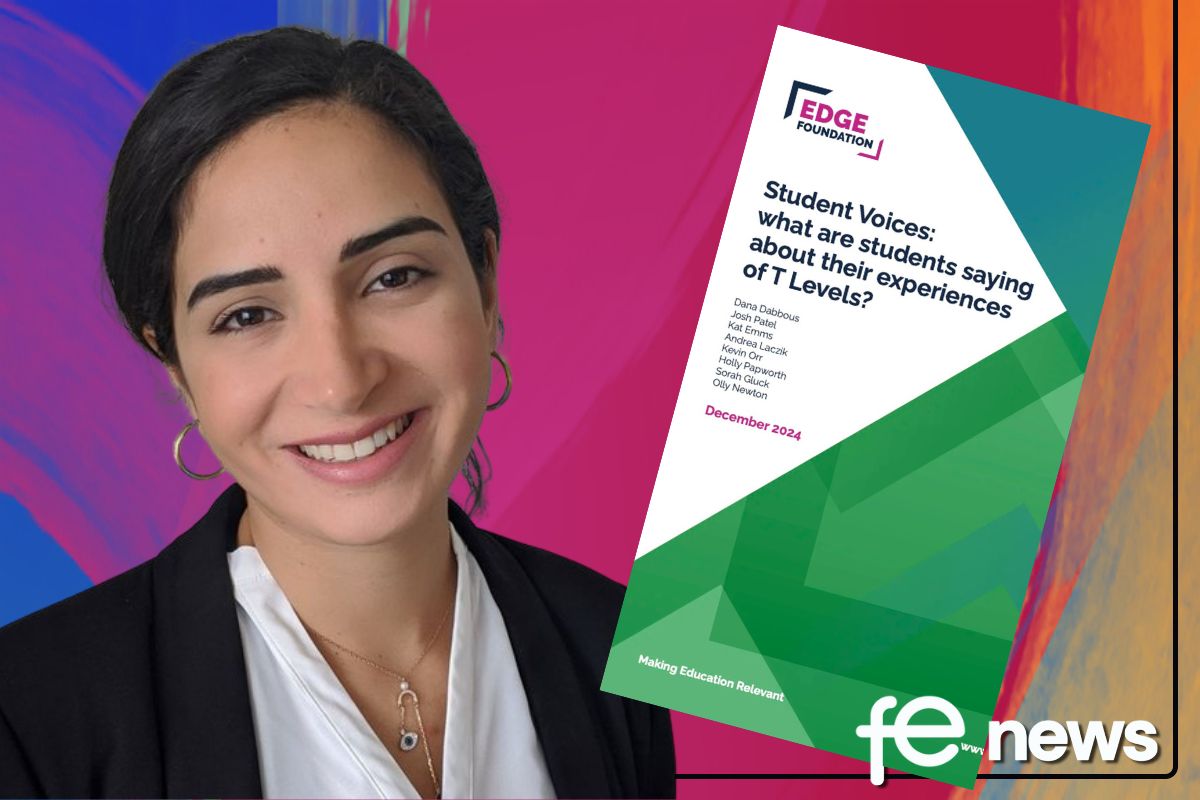Protected Work Experience: Helping disadvantaged young people into education, training or employment

For many young people the transition from school to further education or employment can be a difficult one to negotiate. For those with multiple disadvantages the difficulties are far greater.
Three years ago Elmbridge Youth Services had an idea for a sheltered or protected work placement which would give far more support for such young people than is the norm. The innovation was supported with funding from Walton Charity.
I have just completed an evaluation on the scheme and I was deeply impressed by the outcomes. While the numbers involved are small, the results suggest to me that the ideas are well worth trying by others working with similar cohorts of young people. You can download the full report here.
How does it work?
The idea is very straightforward. Young people go into an extended 12 week supported industry placement. The area of work is agreed with the young person as they need to feel that it is an area they are keen to work in or it involves skills they really want to achieve.
The employers meet the young people before agreeing to take them on and then receive financial compensation for the extra amount of support they will be expected to give. Similarly the young person receives a fixed sum of money (expenses) to recognise their commitment to the employer.
Who does it suit?
The young people who took part in the project were those who would not have been able to sustain a traditional work placement, but were capable of staying the course with appropriate support.
Those that took part had a range of severe needs, ranging from major mental health difficulties, including suicidal tendencies and self harming, through criminal behaviour and being victims of sexual abuse.
Almost all reported severe lack of self-confidence and self-esteem, communications issues, being very withdrawn and suspicious of their peers and paranoia around public transport.
Student outcomes
14 young people took part in the scheme, 10 completed their placement and 10 had entered some form of employment or further education six months after finishing their placement. This 70:30 success rate was way above expectations.
The project also produced evidence that all trainees gained in self-confidence, self-esteem and communications skills, a sense of responsibility and ability to get to work on time. Beyond these skills, specific work-related skills were also highlighted as well as several who undertook industry related training.
Many of these young people are also reported as moving on and being able to leave all support services. This undoubtedly represents a significant success.
Employer response
The employers interviewed were extremely positive about the scheme which they clearly found more rewarding than traditional work placements. Readers of this publication may not be surprised to hear that several employers have a jaundiced view of ‘traditional’ work experience, but were very enthusiastic about these longer placements.
As one said “we get over 30 requests a week for work experience and we have pretty much given up providing any. Having the opportunity to work with a young person over 12 weeks and watch them learn and develop skills is much more satisfying.”
In each case employers’ stressed that trainees were involved in ‘real’ work, not admin or cleaning. One trainee learned to use a professional graphics package and contributed to a commercial project while others baked cakes, looked after elderly or infirm residents or learned maintenance skills.
All the employers I spoke with were positive about the young people they had worked with and keen to continue if more suitable trainees are identified.
I was not able to do any systematic follow up with the trainees themselves, but one had subsequently done an interview on video in which they talked of how the protected placement had completely changed their life, a very powerful testimony.
Even the most severe disadvantages can be overcome
The project did entail a major injection of resource, both in terms of finance (provided by Walton Charity), organisation (provided by Elmbridge Youth Services team) and time (provided by employers). The total budget was just over £10,000 which gives an average of £770 per young person.
However, there were a number of different phases as the project developed, and a more realistic cost seems to me to be about £920 per trainee. Given the nature of the cohort and the positive nature of the results I consider this to represent exceptional – even extraordinary – value for money.
The organisers were able to be flexible and understanding with the trainees. While some went onto their placements and were immediately transformed, others were not initially successful. Some had to move onto a second or even a third placement.
Some never completed their 12 weeks and yet gained enormously from the experience. Others on completing were still not ready to move into employment or education but were more settled at home or finding it easier to socialise or suffering less anxieties.
The project was never about simply ticking boxes labelled Employment, Education or Training.
This flexible approach was vital to its success. One very successful trainee didn’t speak to their employer for two weeks and ended up taking a college place based on the portfolio they subsequently built up.
Another actually attempted suicide while in a placement but was later able to go on to another placement. There was a realisation and understanding that progress with such disadvantaged young people is rarely linear and simple; rather it is complex and very much a ‘roller coaster’ ride.
Despite the low numbers engaged, the Protected Work Experience project has shown that a pioneering, innovative approach to getting disadvantaged young people to engage with work or further education and training can be successful even with those suffering from multiple and severe disadvantages.
There is clear evidence not only of young people acquiring the ‘soft’ work related skills often cited by employers as necessary, but of improving mental health conditions, and even radically changed lives.
The methodology used in this project has the potential to be more widely used with disadvantaged young people and I would like to see further trials and pilots conducted to confirm the advantages of the approach used in this project.
Brian Creese, Community Projects Manager, Walton on Thames Charity











Responses